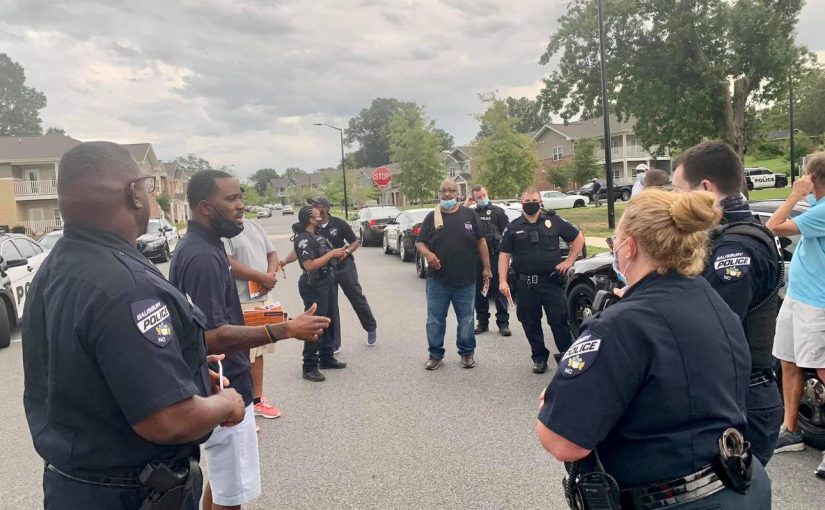
Partnerships in public safety are the foundation of successful law enforcement functions. Several key ingredients are needed in creating these partnerships. For a partnership to succeed, participants must be willing to create respectful and trusting environments for authentic conversation—everyone involved should be provided the opportunity to share their beliefs about the strengths and challenges of their community. Participants want to be seen, heard, valued, and respected. In addition, public safety leaders must encourage their organization and people to work collaboratively with community partners of all identities and backgrounds. This is the first step to success. The specific needs of municipalities may differ, but there are certain basic principles for successful, sustainable partnerships in public safety, including community engagement, community policing, and collaboration.
The beginning of a successful partnership requires honesty and transparency. An effective gateway for this is the practice of community engagement in which law enforcement creates strategies to build community members’ moral confidence in the police. Events and occasions designed for engagement need to reach all aspects of the community to ensure that there is diverse, fair, and equitable distribution of opportunities to communicate and connect. This helps guide the application of resources toward the needs of everyone in the community, not just a few. Building trust within communities requires the engagement aspect prior to the enactment of formal partnerships. Law enforcement leaders and individual officers can generate informal nonenforcement actions that lead to formal teams. There are several programs and models for engagement, and departments are going beyond what is already available and creating their own.
The Salisbury Police Department in North Carolina has various engagement programs that have led to long-lasting relationships with its community. These relationships have led to partnerships that assist in the agency’s stratified policing model and the overall satisfaction of the community.


